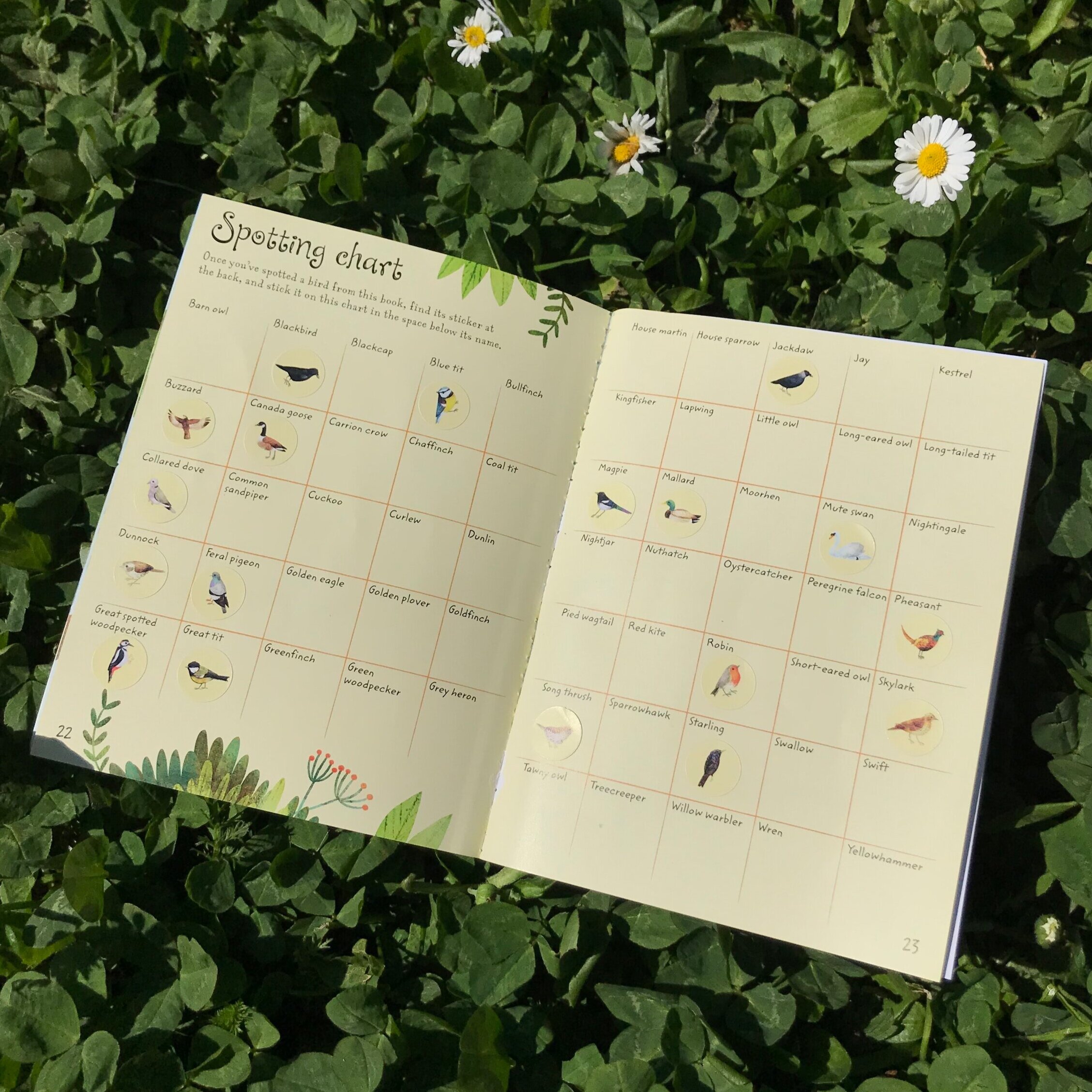Getting to Know Your Garden Birds
How to find out which birds are visiting your garden…
I wrote a blog a while back about how to attract birds into your garden.
Designing your garden so it can provide birds access to food and water, shelter, nesting materials and nesting opportunities (with protection from predators) will undoubtably pay you back. What better than the pleasure of daily visits from our wonderful feathered friends?
You don’t need a large garden - a small garden can provide birds a host of opportunities. I can testify to this as we have a tiny garden that has numerous visitors throughout the day.
Once they are here, how are you going to know what they are?
We don’t all know our birds, and that is OK. Life is busy. We don’t always get the time to sit and study the plumage or the birdsong. But I bet you know more than you think.
This year has been an unusual year as we have all been in LockDown. It has been an interesting and challenging time, for various reasons. But there have been benefits - one obvious one for me personally has been working from the home studio a lot more, and also having my daughter home from school. The wonderful weather has meant we have spent a lot more time in and working the garden. What I have noticed is how we have both become much more aware of our garden visitors. Bees and other pollinators, butterflies, frogs and birds have all been daily occurrences in the garden, and the inquisitive questions from the small one has rubbed off on me, and I have been paying much more attention to our wild friends as I have essentially been using this as part of our Home Ed study.
Places to go and resources to use to help you identify your garden birds
A little book we already has was the Usborne children’s Birds to Spot. This little pocket book divides 60 birds into habitats and bird type, and although we have no illusions of finding them all, she has been really excited when we have seen or heard a new bird. There is a spotting chart, and stickers to place in the cart when you have had success! A walk recently took us past some nesting skylarks, so that was a real lovely find for us.
Another resource we have been using is the RSPBs website. There is a wonderful section where you can see illustrations of the birds in mature (male and female) and juvenile form. An additional bonus is the recorded birdsong. This has been really helpful getting our ears in to the dulcet tones of some of the easier garden and urban birds. Use some of the easier ones to start your children on. The Great Tit is a good one for starters. One of its main calls is what we call ‘A Squeaky Wheelbarrow’…..have a listen, do you agree?
The Wildlife Trust also has some useful information on our Garden Visitors and provide some interesting statistics in an easy to digest way. Knowing that Starlings are of conservation concern and are now protected will surely make you appreciate their visits. I always remember my mother and grandmother cursing them in the garden as they decimated the bird food, leaving nothing for their smaller cousins, but I rather enjoy their chaotic swinging off the feeders while they dart in and out early in the morning, their long sharp beaks so powerful and sharp.
garden-birds.co.uk website is also useful as it shows at least 2 expected calls/songs from the birds. Some of the information is also really helpful, reassuring me not to feel beaten when we can’t quite work out whether it is a wren, robin or dunnock - as the can all appear fairly similar to the untrained ear. One day we will know!
Early morning is the best time of course to hear the Dawn Chorus. I am often woken up by it even though I live in a town. If you aren’t able to experience the dawn chorus for whatever reason - the RSBP has a beautiful recording you can listen to. I sometimes play this in my office as a calming background sound while I work.
Some of the other birds to listen out for are the Cuckoo, Woodpeckers and Tawny Owls - all pretty easy ones to discern. Even if you are an absolute beginner, you will know more birds than you think.
Name your visitors too! Kids will really connect if they get to name the birds. We have Billy and Bobby the Bluetit pair, Ruby and Rufus the Robin pair. Not forgetting Stella and Steve the Starlings! May sound silly, but my daughter will often announce their arrivals by name and she has connected with our new friends probably better this way.





